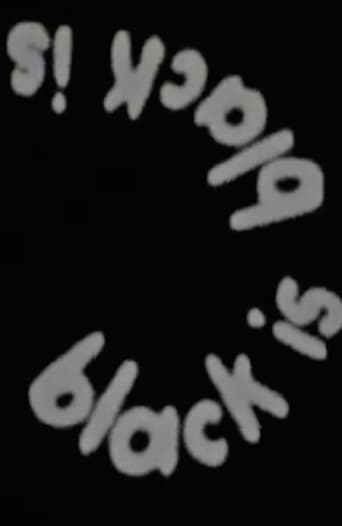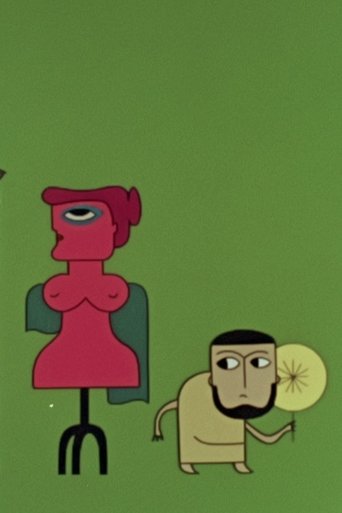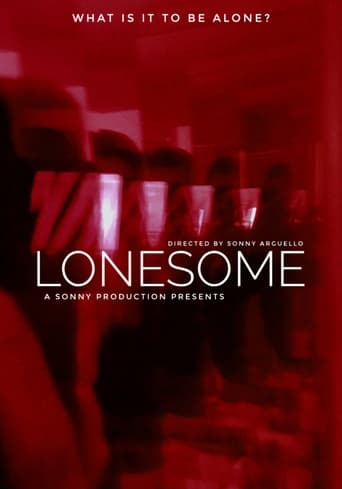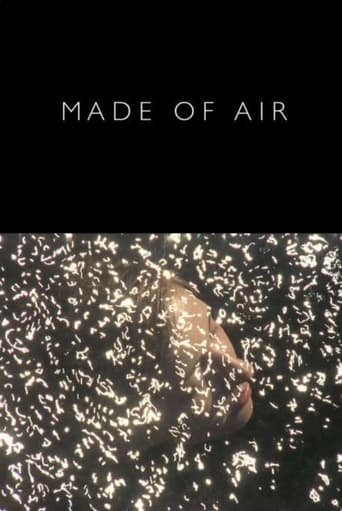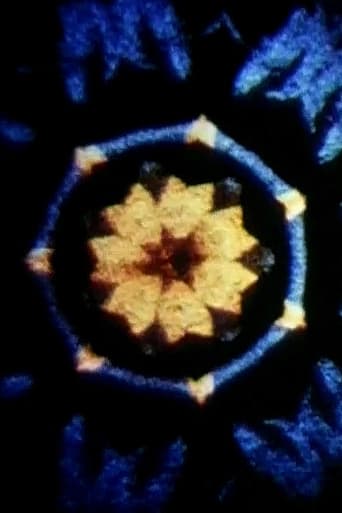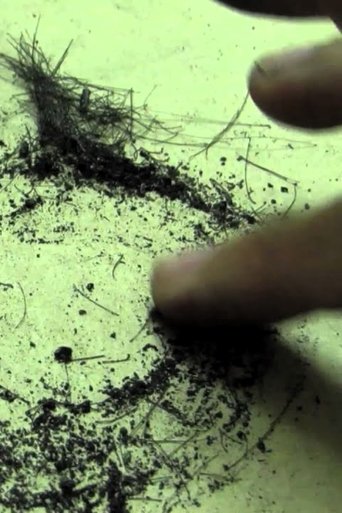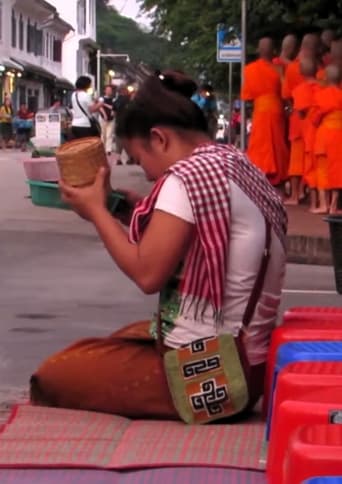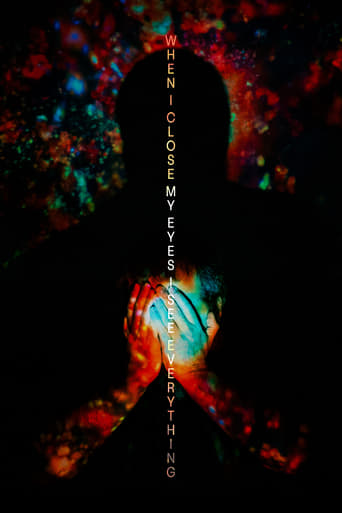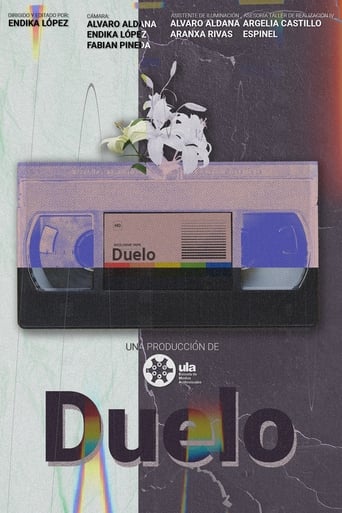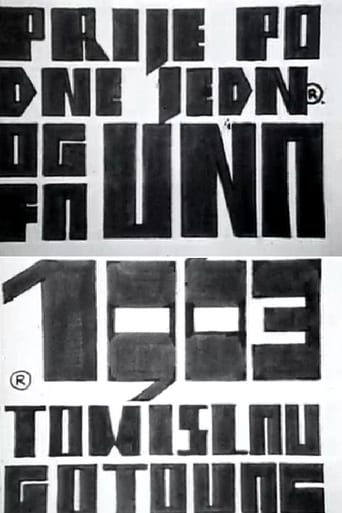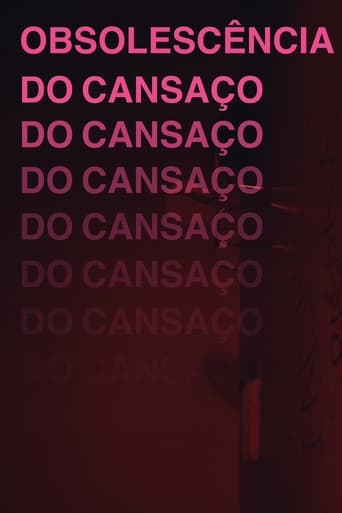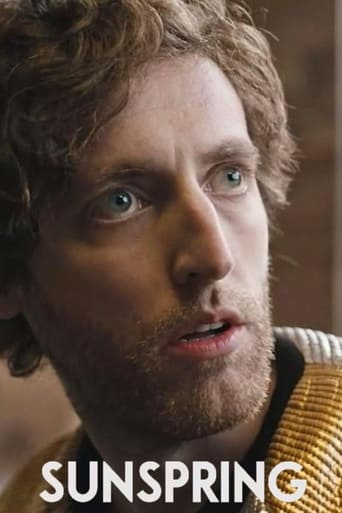Evolution of the Red Star
Music: Carl Stone. Colored pen-and-ink drawings, like topological maps of biomorphic objects, grow and evolve from the red star. Once the master image is formed, this continuously throbbing, pulsating sight is used to ring changes based on years of optical work. Music and picture work together to create a mood of ecstatic tranquility. The bright colors, beautiful music, surprise at the end, etc. make this a good film for young children. Awards: Sinking Creek Film & Video Festival, 1973; Washington National Student Film Festival, 1974; Brooklyn Independent Filmmakers Exposition, 1974; Vanguard Int'l Competition of Electronic Music for Film, 1974; Humboldt Film Festival, 1974. Preserved by the Academy Film Archive in partnership with iotaCenter and National Film Preservation Foundation in 2007.
